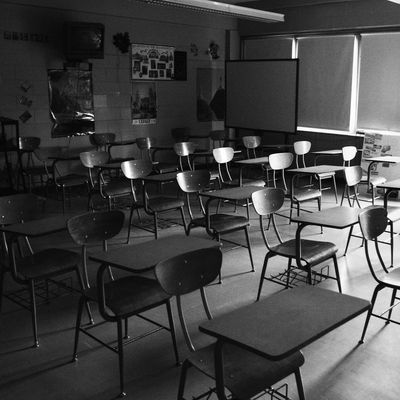
There are very few perks to being grown, but not having to wear a dress code to school is supposed to be one of them.
The New York Times reported on Thursday that James Madison High School in Houston, Texas, has broken that sacred covenant between adults and school administrators and, like many scandals involving dress codes, it was done in a discriminatory fashion. The public school notified the families of its 1,600 students this month that visitors to the school would be turned away if they wore any of its newly banned styles, including sagging clothing, jeans torn from the “buttocks (bottom) to all the way down,” pajamas, hair rollers, and satin caps and bonnets.” This final item targets black women, who wear bonnets to protect their hair. The Times reports that the school’s student body is 58 percent Hispanic and 40 percent black.
The condescending letter — which was sent out the day after a mother named Joselyn Lewis told a local TV station the school had prevented her from registering her daughter for class on account of her her outfit — goes on to tell parents:
“You are your child’s first teacher. However, please know we have standards, most of all we must have high standards. We are preparing your child for a prosperous future … This is a professional educational environment where we are teaching our children what is right and what is correct or not correct.”
Lewis told the Times of her encounter with the new policy, “I don’t have to get all dolled up to enroll her to school. My child’s education — anyone’s child’s education — should be more important than what someone has on.”
This latest dress-code controversy comes in the midst of a national discourse about how racism gets baked into standards of professionalism. New York State recently passed a law classifying ill treatment based on natural hairstyles as harassment and discrimination and implementing policies that penalize such behavior. The directive states that, “Anti-Black racism can be explicit and implicit, individual and structural, and it can manifest through entrenched stereotypes an biases, conscious and unconscious … [it] includes discrimination based on characteristics and cultural practices associated with being Black.”
Carefully policed style codes for students are also frequently reported in education. Recently, black students have been reprimanded for wearing hair extensions, head wraps, and dreadlocks. A report published by the National Women’s Law Center last year found that in D.C. schools, dress codes are disproportionately enforced against black girls, which contributes to their being 20.8 times more likely than white girls to be suspended from schools.




